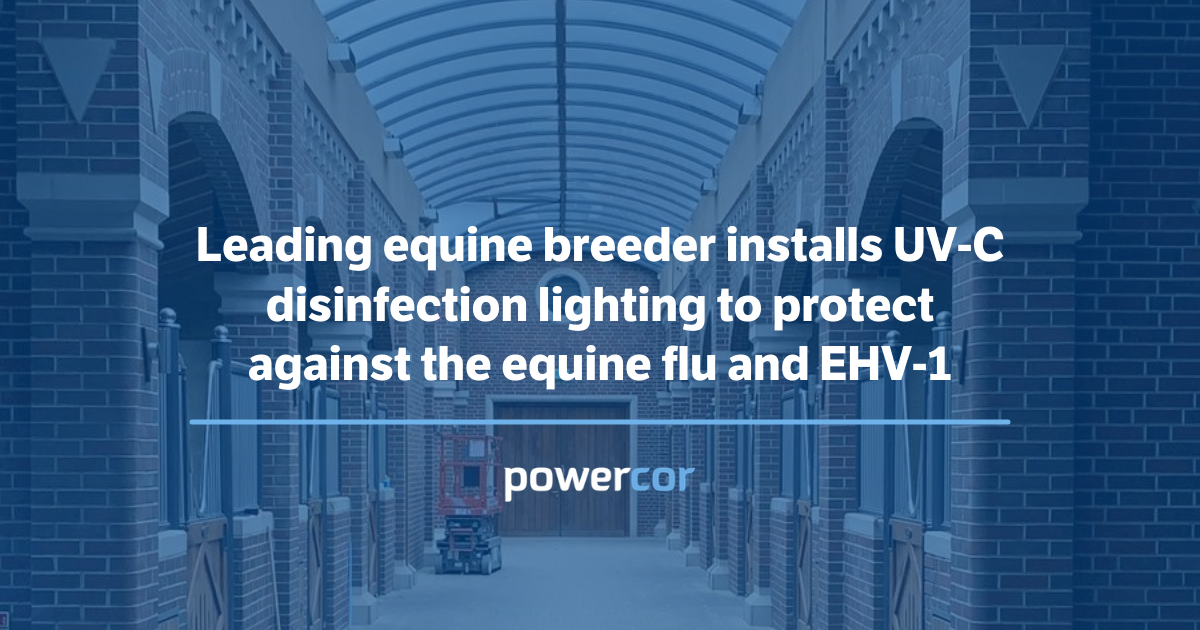Adopting solar power is often pitched as an easy win – especially for commercial businesses and school looking to slash energy bills and boost their green credentials. But the pros and cons of solar power is more complex. For all the long-term gains, the journey to a fully solar-powered operation involves cost, planning and commitment—not just panels on a roof.
Financial efficiency and long-term savings
The financial case for solar is one of its strongest draws. Once installed, solar panels can reduce electricity bills significantly, especially for buildings with high daytime energy usage, such as offices, warehouses and schools. A well-designed system can produce a substantial portion of on-site demand, sometimes over 50%, depending on consumption patterns and available roof space.
In the UK, the Smart Export Guarantee (SEG) allows businesses and schools to earn revenue from exporting excess electricity back to the grid. While SEG payments are modest compared to historic feed-in tariffs, they still contribute to the return on investment. Over the typical 20-25 year lifespan of a commercial solar system, the savings can be substantial.
Moreover, solar can help fix a portion of a site’s electricity costs in a market prone to volatility. This predictability in energy expenditure becomes a strategic asset when budget forecasting is critical—as it often is in the public education sector and in businesses with tight margins.
Energy independence and resilience
Solar installations improve site resilience. For businesses reliant on uninterrupted operations—such as data centres, logistics hubs, or cold storage facilities—pairing solar with battery storage can provide a buffer during grid outages. While batteries add cost, they also open up demand-shifting and peak shaving strategies that can reduce exposure to time-of-use tariffs.
Similarly, for schools, solar power coupled with basic energy management systems can ensure essential lighting and ICT infrastructure remains operational during short-term power cuts. This is increasingly relevant as the UK power grid adapts to decentralised, renewable-heavy supply.
Environmental impact and CSR value
The carbon reduction impact of solar is immediate and measurable. For businesses subject to ESG reporting or Scope 2 emissions targets, installing solar PV is one of the most tangible decarbonisation measures available. It signals a clear commitment to sustainability to investors, clients and regulators.
Schools benefit not only from a lower carbon footprint but also from the educational opportunity solar presents. PV panels make sustainability visible, allowing integration into the curriculum and raising student awareness of renewable energy systems.
In both contexts, the reputational value is high. A solar-powered facility is a story worth telling, particularly when B2B clients or parents increasingly make choices based on a commitment to the environment.
Installation costs and site limitations
But solar is not a plug-and-play solution. Upfront costs remain substantial. While prices for solar modules have dropped over the past decade, the soft costs—scaffolding, planning, grid connection studies and electrical upgrades—can be significant for non-residential buildings. Schools and commercial units in older buildings may need roof reinforcement or asbestos remediation before panels can even be installed.
The site must also be viable. Flat roofs common in warehouses are ideal, but shading from adjacent buildings or limited roof space can limit generation. South-facing orientation is ideal in the UK, but east-west setups can still work well if designed correctly. Detailed solar yield modelling and structural surveys are essential before committing.
Planning and regulatory hurdles
Commercial solar projects are generally permitted development in the UK, but this isn’t universal. Conservation areas, listed buildings, or large-scale systems may require planning permission. Electrical infrastructure upgrades may also be needed if the local distribution network cannot accommodate the exported power. In some cases, export limitations are imposed unless a battery or export control system is installed.
These issues introduce lead times that can stretch from months to over a year, especially if DNO approval is delayed. For schools dependent on council funding or businesses with tight capital cycles, these timescales must be carefully managed.
Maintenance and performance variability
While solar panels don’t require substantial on-going maintenance, they’re not entirely hands-off. Commercial systems should be monitored regularly to track performance. Dust, bird fouling, or equipment faults can impact efficiency, and unnoticed drops in output can erode the financial returns.
Performance also varies seasonally. Winter generation is significantly lower, which might not match consumption profiles in some sectors. While the technology is increasingly robust in cloudy conditions, solar is still a variable resource and should be paired with flexible energy strategies—such as integrating with HVAC scheduling, smart lighting, or battery systems—to maximise value.
Solar power offers powerful financial, environmental, and operational advantages for commercial and educational buildings, but it is not a universal fix. The long-term benefits hinge on smart planning, realistic expectations and good system design. For businesses and schools that understand their energy profile, have viable roofs, and are ready to think strategically, solar can deliver both savings and sustainability in equal measure. For others, it may be better viewed as part of a broader energy efficiency roadmap rather than a first step.
Try our solar calculator to get your free report and understand the pros and cons of solar power for your school or business.
FAQs
1. What happens if the local grid can’t accept exported solar power?
If the local distribution network is constrained, the DNO may limit how much electricity you can export. Solutions include installing export-limiting devices or integrating battery storage to absorb excess generation.
2. How do solar systems perform during winter or low-light conditions?
UK solar systems still generate in winter, but output drops significantly. East-west facing arrays can help flatten the daily generation curve, and integrating load management systems can maximise winter efficiency.
3. Can commercial solar panels be installed on listed or heritage buildings?
It’s possible but more complex. Listed buildings or those in conservation areas usually require planning permission, and the system design must consider visual impact and structural limitations.
4. What role do energy management systems play in solar integration?
EMS platforms help optimise the use of solar generation, aligning it with building demand. They can automate HVAC, lighting, and battery storage to avoid exporting excess power and reduce peak consumption.
5. Is solar power compatible with net zero carbon strategies?
Absolutely. Solar supports Scope 2 emission reductions and can be paired with demand response, EV charging, and energy efficiency upgrades as part of a broader net zero roadmap.







